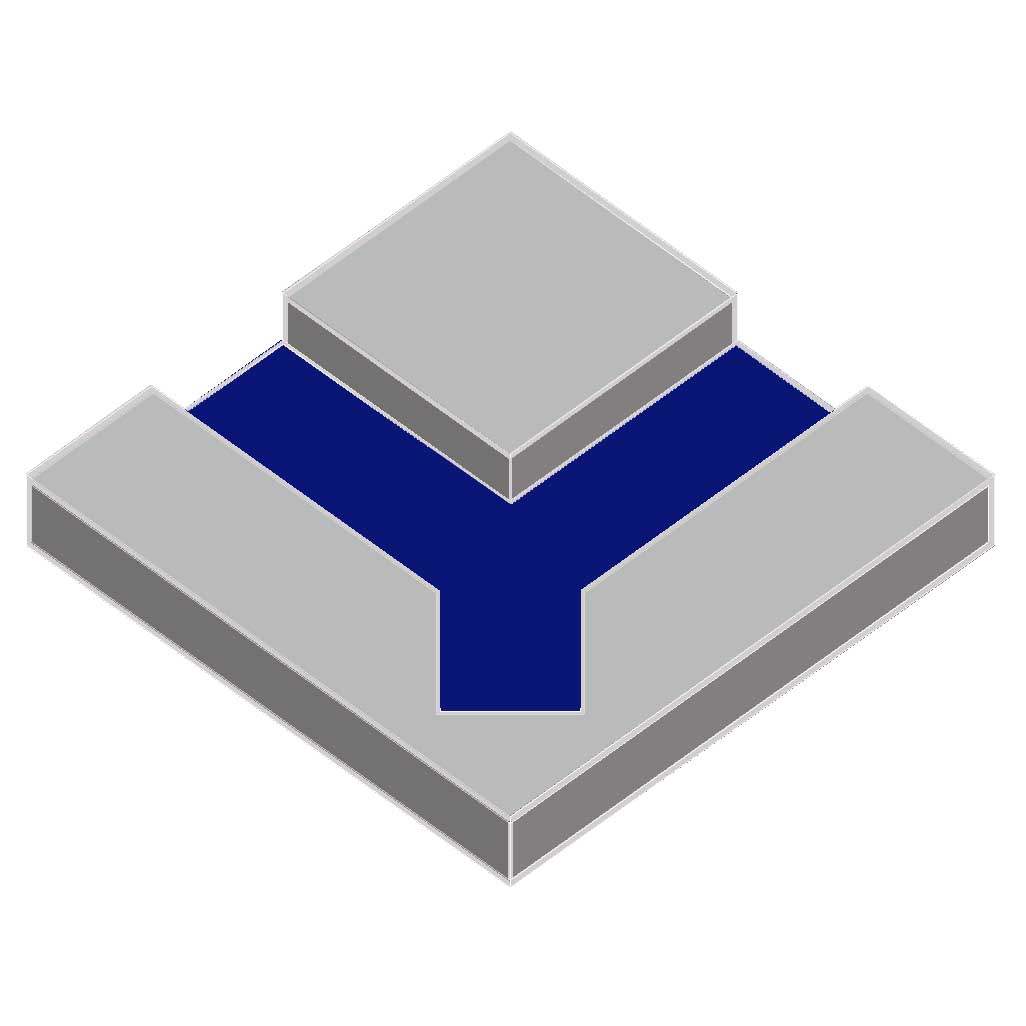
Privacy statement: Your privacy is very important to Us. Our company promises not to disclose your personal information to any external company with out your explicit permission.

Laser cutting is the use of focused high power density laser beams to irradiate workpieces, cause the irradiated material to rapidly melt, vaporize, ablate, or reach the burning point, at the same time, the molten material is blown away by means of a high-speed coaxial beam, so as to achieve the workpiece cut. Laser cutting is one of the hot cutting methods. Although almost all metal materials have very high reflectivity at room temperature for infrared wave energy, but the CO2 laser, which emits 10.6um beam in far infrared band, has been successfully applied in many metal laser cutting practice.
(1) Carbon steel. Modern laser cutting system can cut the maximum thickness of carbon steel plate up to 20mm, the cutting seam of carbon steel can be controlled in a satisfactory width range by using the oxidation melting cutting mechanism, and the kerf of the sheet can be narrowed to about 0.1mm.
(2) Stainless steel. Laser cutting is an effective tool for the use of stainless steel sheet as the main component of the manufacturing industry. Under the strict control of the heat input during laser cutting, it is possible to restrict the edge heat affected zone to become very small, so as to effectively maintain the good corrosion resistance of the material.
(3) Alloy steel. The majority of alloy structural steel and alloy tool steel using laser cutting method to obtain good cutting quality. Even if some high strength materials, as long as the process parameters are properly controlled, straight and non slag cutting edges can be obtained. However, for tungsten containing high speed tool steel and hot die steel, laser cutting will cause corrosion and slagging.
(4) Aluminium and alloy. Aluminum cutting belongs to the melting cutting mechanism, and the auxiliary gas is mainly used to blow away the molten product from the cutting zone, and the better cutting quality is usually obtained. For some aluminum alloys, attention should be paid to prevent the cracks between the cracks on the surface of the slit.
(5) Copper and alloy. Pure copper (copper) can not be cut with CO2 laser beam because of its high reflectivity. The brass (copper alloy) uses a higher laser power, and the auxiliary gas uses air or oxygen can cut the thinner sheet.
(6) Titanium and alloy. The pure titanium can be well coupled and focused on the heat energy converted by the laser beam. When the oxygen is used as the auxiliary gas, the chemical reaction is intense and the cutting speed is faster, but easy to produce oxidation layer on the cutting edge, careless will cause overheating. For the sake of safety, it is better to use air as auxiliary gas to ensure the quality of cutting. The laser cutting quality of titanium alloy, which is commonly used in aircraft manufacturing, is better. Although there is a little slag sticking at the bottom of the kerf, but it is easy to remove.
(7) Nickel alloy. Nickel based alloys, also called super alloys, have a great variety. Most of them can be implemented by oxidative melting cutting.
LET'S GET IN TOUCH

Privacy statement: Your privacy is very important to Us. Our company promises not to disclose your personal information to any external company with out your explicit permission.

Fill in more information so that we can get in touch with you faster
Privacy statement: Your privacy is very important to Us. Our company promises not to disclose your personal information to any external company with out your explicit permission.